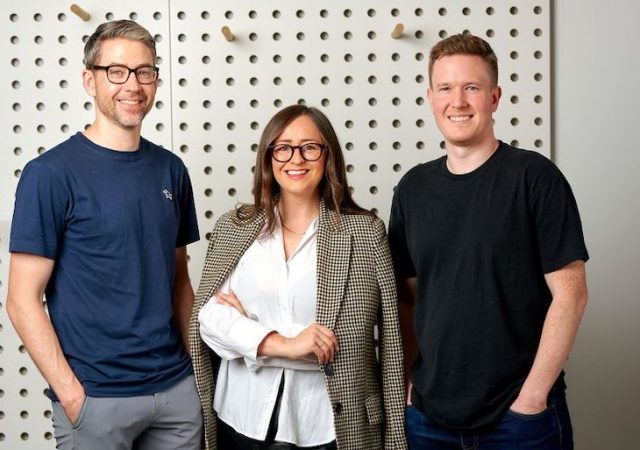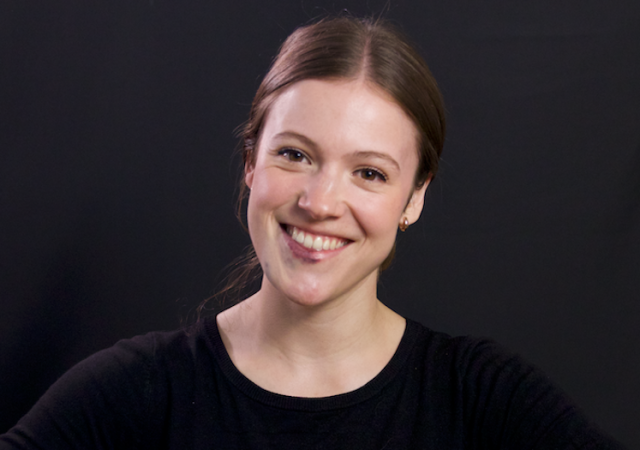First mover Uber has managed to capture 90% of Australia’s ridesharing market, a Roy Morgan study has revealed, but competition is expected to heat up as Chinese rival DiDi enters the Sydney market next month.
When Uber first arrived in 2013, the service was illegal, but managed to establish its dominance before ridesharing was legalised state-by-state from 2015 onwards. Roy Morgan found that among rideshare service in an average three months, 93% take an Uber, followed by Ola (20%) and DiDi (14%) who have each gained significant shares.
Among the smaller services Bolt (4%) leads the way, followed by Shebah (2%) GoCatch (2%), Rydo (1%) and Shofer (1%).
Proportion of Australian rideshare users who use each service
Source: Roy Morgan online survey, September 2019, n = 470. Base: Australians 18+ who use rideshare services.
Michelle Levine says people are still making up the minds about the challengers. Ola arrived in Australia two years ago, followed by Didi in May 2018 in Geelong.
Uber is strongest among riders over 50, split evenly between men and women
“Newer services tend to target younger markets and are heavily weighted towards male customers with DiDi strongest amongst 18-29 year olds and a majority of Ola riders aged 30-49,” Levine said.
“The notable exception is the Melbourne based Shebah service which caters to a female market by prioritising the safety and security of its passengers.”
DiDi is launching in the Sydney market on March 16.





















Trending
Daily startup news and insights, delivered to your inbox.